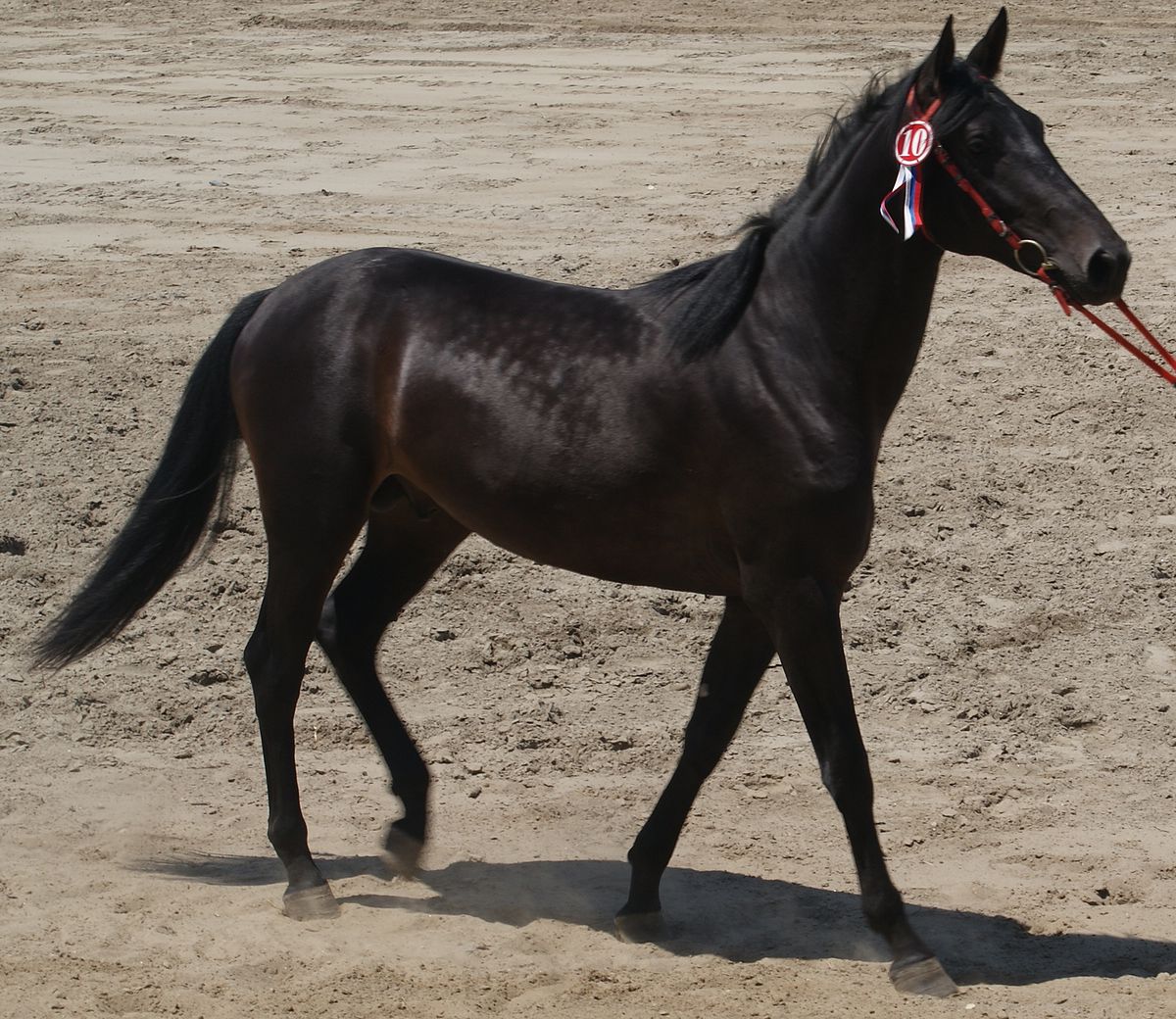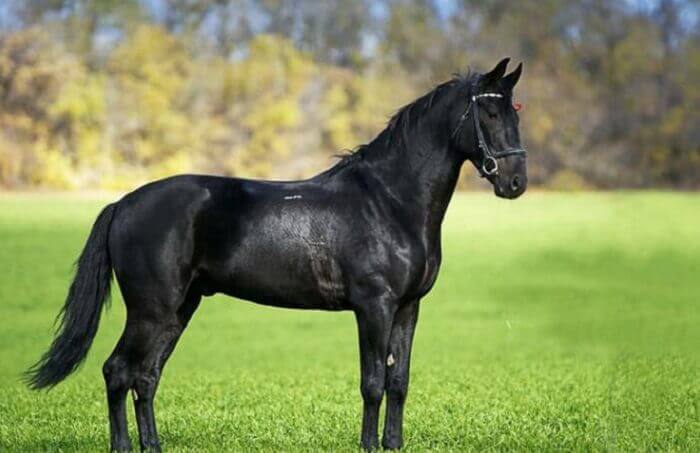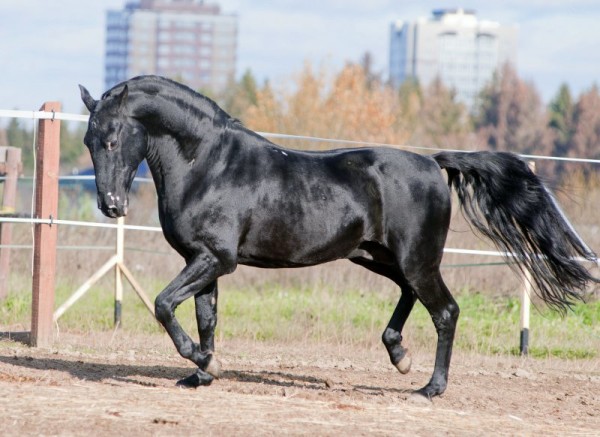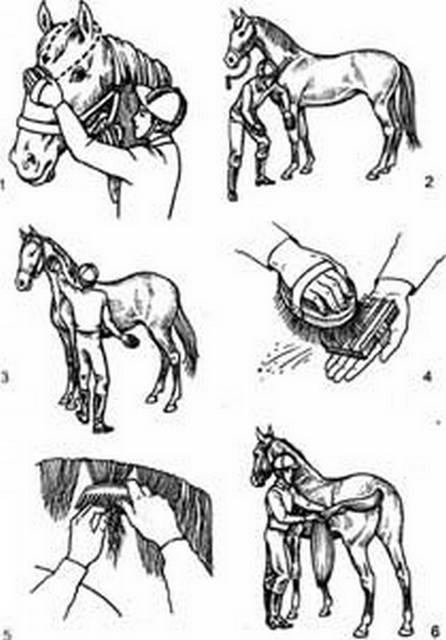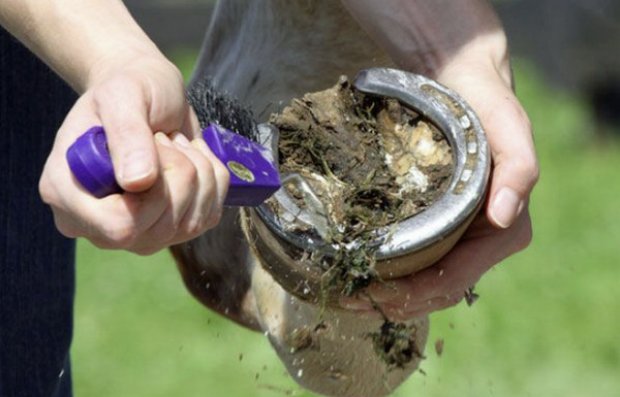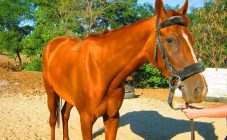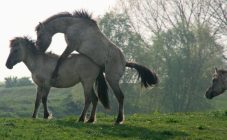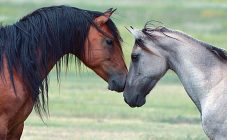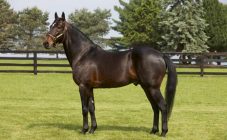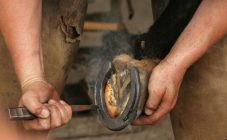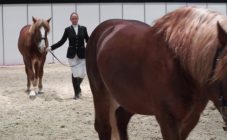Content:
The lands of the Caucasus are distinguished by their virgin, original beauty. People here have always praised horses, which is why a large number of different unique breeds arose there. These include the Karachai horse breed.
History of the creation of the breed
The Karachaev horse as a breed was formed about 500 years ago in the territories located north of Elbrus, called Karachaevo. The first relatively accurate and reliable data about the Karachai are presented in the works of Peter-Simon Pallas, a traveler who visited the regions of the Caucasus in 1793.
The Karachai got its name from the name of the region in which he lived - Karachay. Caucasians needed a particularly hardy and unpretentious breed, since a lot of work took place in the mountains, in conditions of low pressure and rarefied air.
Horses were adopted by military units because of the unique qualities of this Caucasian breed. As noted by the participants in the hostilities, not a single horse could compare with the Karachai horse.
Breed development
For many years, horses were used exclusively for work purposes, because they have endurance and maneuverability.
Due to the fact that the horses of the Karachai breed were actively involved in the army, it became necessary to improve and develop the breed. In 1930, it was decided that this breed will become the main one in the course of hostilities, therefore they are taken under the care of the state.
The improvement of the breed continues to this day, as a result of which the horses acquire all new qualities.
Characteristics of horses
All horse breeds in the Caucasus are unique, including the Karachai one. But, like any other, it has its advantages and disadvantages.
Benefits:
- fairly high level of endurance;
- unpretentiousness;
- adaptability to mountain conditions.
Disadvantages:
- it takes a lot of training to make a good riding horse out of a Karachai;
- not everyone is satisfied with the color, although the Caucasians themselves consider black horses the most beautiful and unique.
Appearance
The Karachaevsky horse is a classic rock, which is especially evident in its appearance. The height of the animal reaches about one and a half meters, the body is wide and muscular. In addition, the Karachai is rather heavy in comparison with other breeds.
Due to the fact that initially the Karachai horse was developed not as a military horse, but as a working one, the limbs, both front and rear, are relatively short.
Other distinctive features:
- Pointed ears and a humped nose.
- Dense, large and muscular neck.
- Front legs set wide apart (in addition, the Karachai stallion is slightly clubfoot).
- Hind legs are set clearly and correctly, sabers.
- Hooves of the correct shape, made of high density fabric.
- Thick and wavy mane.
Usually, representatives of this breed have a dark color: black or karak, but there are also bay ones. The color is usually uniform, without spots or blotches.
Features of character and disposition
Horses of the Karachai breed are unique and famous for their obedience. In addition, they are strongly attached to the owner, therefore, under his control, they behave boldly and confidently.
Intra-breed types
In the course of development, 3 main types arose within the breed:
- Horses of a characteristic type. They are quite versatile, suitable for both horse riding and sledding.
- Riding horses. They differ from the former in higher stature and muscularity, they are excellent in horse riding, therefore they often participate in horse races or in other equestrian sports.
- The horses are massive. Representatives of this species are stunted. In addition, their body is wide and massive enough for a given height. Such thoroughbred horses are most often harnessed to harness.
How to care
The breed developed in the mountains, so the best way to keep the Karachai horses is to do everything to bring the environment and nutrition closer to the historically correct, because this way you can preserve their unique wayward character. However, some breeders argue that by creating a home environment, the owner will provide the animal's trust and greater affection.
For the animal to feel good, proper care is necessary, which includes:
- Providing proper nutrition and the required water level.
- Regular cleaning of the stall.
During the hygiene procedures, you need to take the animal to another place for the required period of time. Next, remove the wet and dirty litter from the entire surface, carefully checking each corner. If necessary, use a disinfectant. After all procedures have been carried out and the surface has completely dried, a new underlay can be laid.
Hygiene
Hair that is on the mane, as well as the tail, must be carefully combed out daily. In addition, it is necessary to cleanse the skin three times a day: with a wet warm sponge in the area of the eyes and nose. About once a week, the animal should be cleaned thoroughly with a brush and, if necessary, a scrubber.
Hoof care
To make the animal comfortable, you need to find a competent blacksmith. It is better not to shoe the horse yourself, since only an experienced master can do it competently, without harm to the animal. Horseshoes are changed, as a rule, every 6 weeks.
Diet and feeding
Proper nutrition is a guarantee that the animal will develop evenly, without complications and diseases. The main components of the diet:
- Grass. It is the main food source for the animal. It is necessary to provide the horse with good pasture, because in this way it will receive all the necessary nutrients for growth and development. If a period of drought or other negative climatic influences is observed in the area, additional dry complementary foods should be introduced. At the same time, you should never feed the animal with yellow or stale grass, especially moldy, since harmful microorganisms contained in it can cause serious lung diseases that cannot be treated.
- Hay. The same herb, but dried. It is necessary to provide a good supply, since an adult animal eats about 15 kg of hay per day. It should be weed-free, have a pleasant natural aroma, and consist of rich green grass.
- Cereals. This includes corn and oats.This type of food should be strictly dosed so that the horse does not develop obesity or problems with the stomach and teeth.
- Concentrated mixtures. This type of feed cannot be made at home, as it involves factory processing methods. It is these mixtures that are optimal to introduce when there is little grass in the pasture or it is dry and yellow.
- Salt. They are very easy to find in retail. All of them include those mineral nutrients that the animal could receive less: iodine, cobalt, etc.
In addition, it is important to provide the Karachai with the required amount of water. It is quite simple to calculate the rate:
- if the weight of the animal is up to 410 kg - from 13.5 to 27 liters (optimally - 20);
- weight in the range from 410 to 545 kg - from 18 to 36 liters (optimal - 27);
- with a weight of 545 to 680 - from 22.5 to 45 liters (optimal - 45).
The Karachaev horse breed is unique and distinctive. Livestock breeders of all countries appreciate it and actively use it both in the rural industry and in the sports industry.
